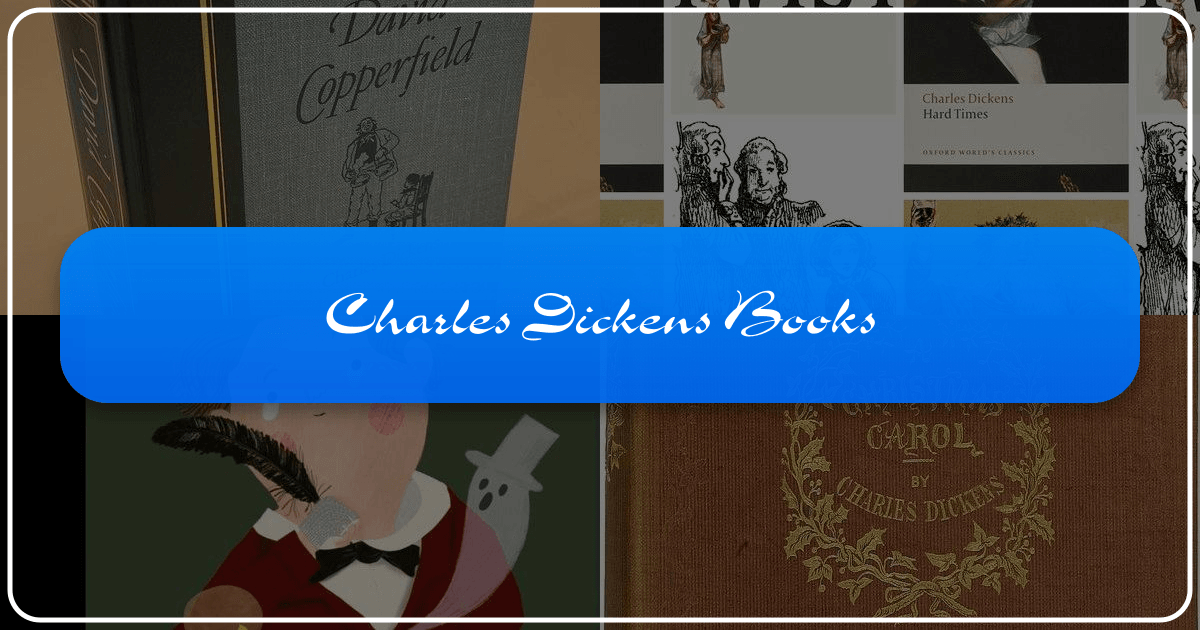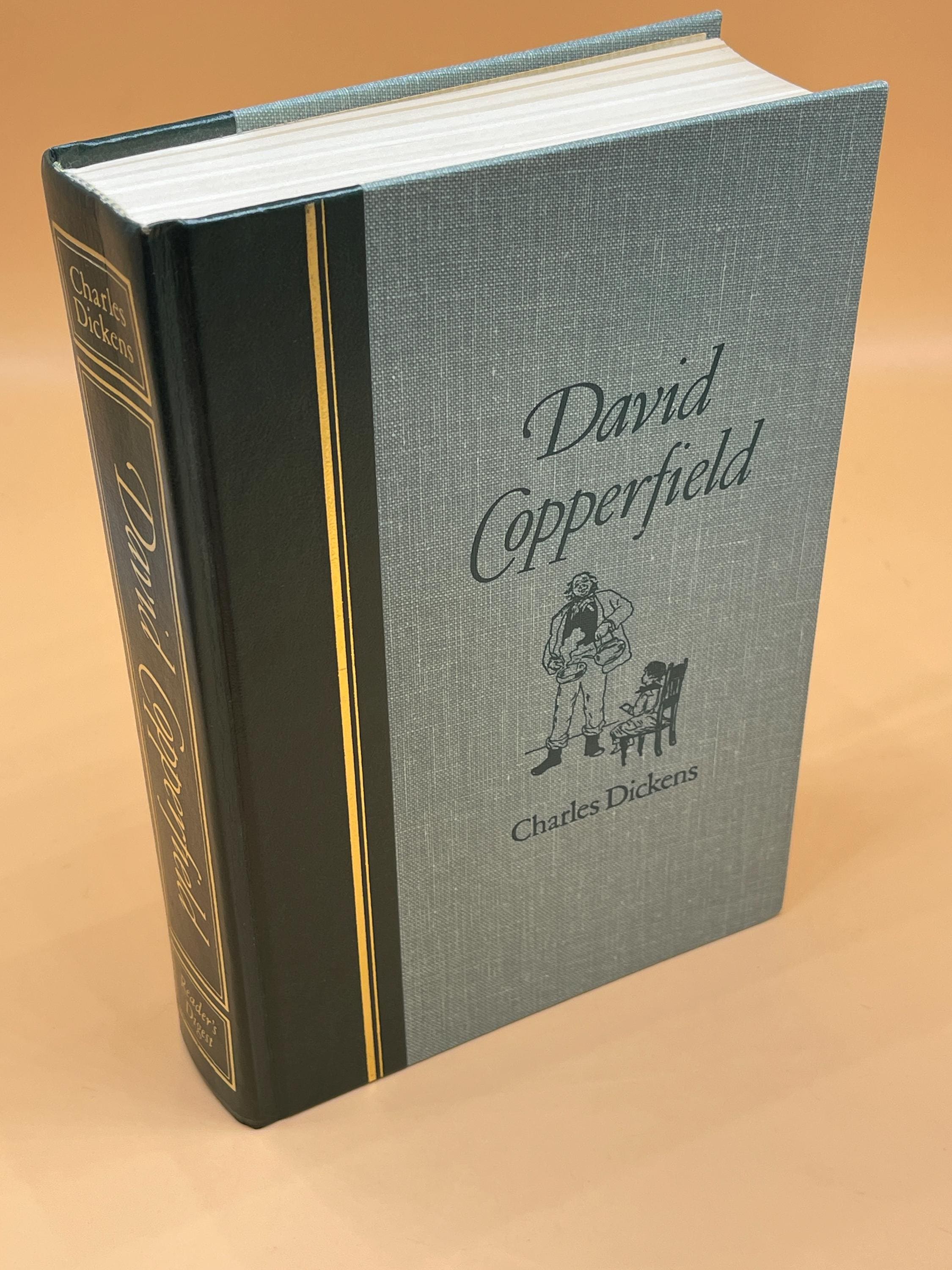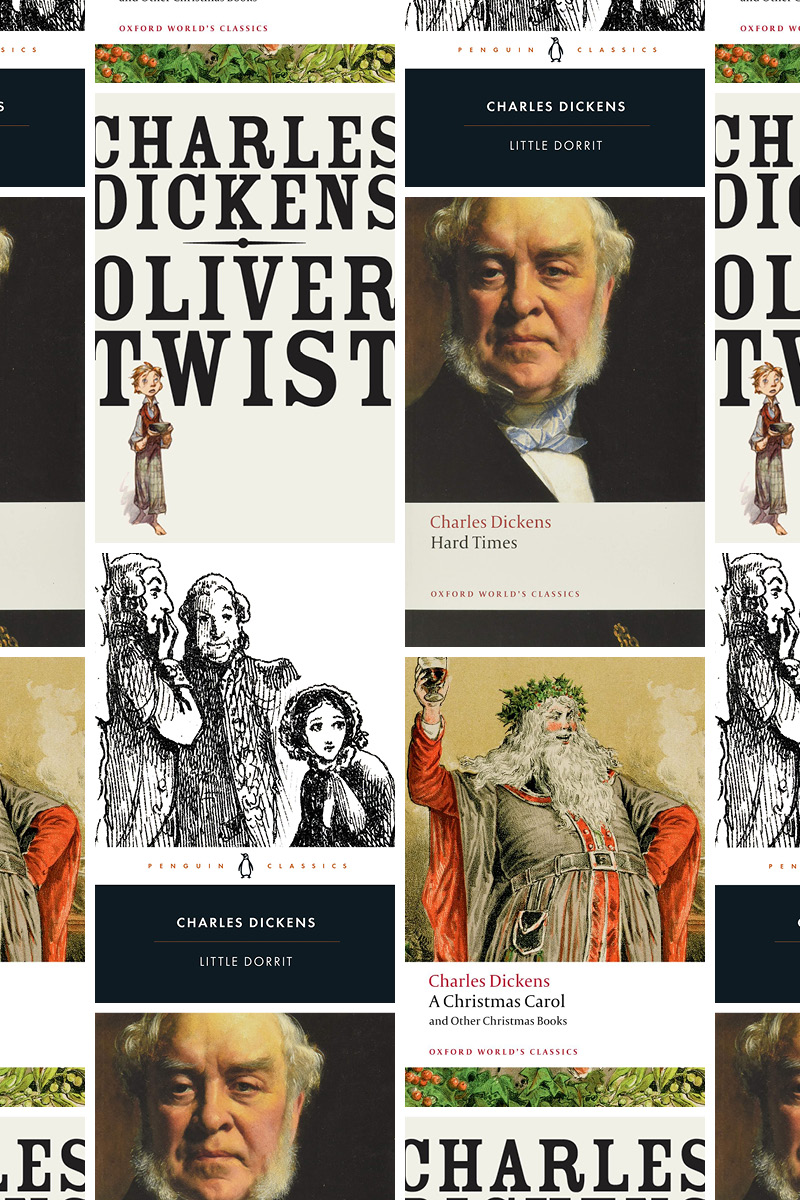Charles Dickens Books: A Comprehensive Exploration of the Victorian Master's Works

Charles Dickens, a titan of Victorian literature, remains one of the most widely read and celebrated authors in the English language. His novels, brimming with vivid characters, compelling narratives, and insightful social commentary, continue to captivate readers worldwide. This comprehensive exploration delves into the world of Charles Dickens’ books, examining their genres, enduring legacy, educational value, and lasting cultural impact. We’ll journey through his most famous works, exploring their themes, and consider their place within the broader context of Victorian society and literature.
The Genres and Themes of Charles Dickens’ Works
Dickens’ prolific output spanned numerous genres, primarily focusing on the novel but also encompassing short stories, essays, and even political satire. While his works are often categorized as Victorian literature, they transcend simple genre classifications, incorporating elements of realism, social commentary, melodrama, and even the gothic. His novels often depict the stark realities of poverty and social injustice in 19th-century England, vividly portraying the lives of both the impoverished and the wealthy. His skill lay in his ability to blend these harsh realities with humor, pathos, and gripping narratives. Recurring themes throughout his works include:
-
Social Injustice and Poverty: Dickens relentlessly criticized the social inequalities of his time, vividly portraying the plight of orphans, the working poor, and those marginalized by society. Works like Oliver Twist and A Tale of Two Cities starkly illustrate the devastating consequences of poverty and the systemic failures that perpetuate it.
-
The Importance of Family and Relationships: Family dynamics and the complexities of human relationships are central to many of Dickens’ novels. He explores the power of love, loyalty, and forgiveness, but also the destructive potential of dysfunctional families and strained relationships. David Copperfield, a semi-autobiographical novel, powerfully examines these themes through the lens of the protagonist’s own life journey.
-
Redemption and Second Chances: Despite the often bleak settings and challenging circumstances faced by his characters, Dickens consistently offers a glimmer of hope and the possibility of redemption. A Christmas Carol, perhaps his most famous work of social commentary and redemption, powerfully illustrates the transformative power of empathy and compassion. Even in his darker works, characters often find a path towards self-improvement and reconciliation.
-
Satire and Social Criticism: Dickens wasn’t merely a storyteller; he was a keen social critic who used satire to expose the hypocrisy and failings of Victorian society. He targeted various institutions, including the workhouse system, the legal system, and the wealthy elite, highlighting their flaws and the suffering they inflicted on the vulnerable. Hard Times serves as a powerful example of this, critically examining the impact of industrialization and utilitarianism on society.
-
The Supernatural and the Gothic: Dickens’ fascination with the supernatural is evident in several of his works, particularly his ghost stories and the incorporation of gothic elements into his novels. A Christmas Carol, while primarily a story of redemption, utilizes supernatural elements to achieve its transformative effect. This interest stemmed from his childhood experiences, where he was captivated by ghost stories narrated by his nanny, as he later recounted.
Exploring Key Works in the Charles Dickens Collection
A closer examination of some of Dickens’ most iconic works reveals the depth and breadth of his talent:
The Pickwick Papers
Initially published as a serial in 1836, The Pickwick Papers (or The Posthumous Papers of the Pickwick Club) catapulted Dickens to fame. This episodic novel follows the eccentric Samuel Pickwick and his companions on a series of humorous and often farcical adventures across the English countryside. The work’s blend of lighthearted humor and keen social observation established Dickens’ signature style, capturing the imagination of a wide readership.
Dickens on the Tories
This lesser-known collection showcases Dickens’ sharp political satire. A staunch Liberal, Dickens expressed his contempt for the Conservative (Tory) party through a series of satirical verses published anonymously in The Examiner. These works reflect his strong political views and his commitment to social reform.

Great Expectations
A coming-of-age story set in Victorian England, Great Expectations follows Pip’s journey from humble beginnings to unexpected wealth and the profound impact of this change on his life. The novel delves into themes of ambition, social class, love, and self-discovery, exploring the complexities of human relationships and the search for identity.
David Copperfield
Often regarded as Dickens’ masterpiece, David Copperfield is a semi-autobiographical novel that chronicles the protagonist’s life from childhood to adulthood. The novel offers a richly detailed portrait of Victorian society, exploring themes of family, love, loss, and the challenges of navigating social hierarchies. Its intimate and engaging narrative style cemented Dickens’ position as a leading novelist.
A Christmas Carol

This novella, published in 1843, remains one of the most enduring Christmas stories ever written. The tale of Ebenezer Scrooge’s transformation from a miserly old man to a compassionate individual is a powerful allegory for redemption and the importance of human kindness. Its enduring popularity speaks to its timeless themes of empathy and social responsibility.
The Ghost Stories of Charles Dickens
This collection brings together many of Dickens’ chilling and suspenseful ghost stories, demonstrating his mastery of atmosphere and suspense. While some contain elements of humor, they often delve into darker aspects of the human condition, exploring themes of death, the supernatural, and existential dread. His influence on gothic literature is clear in these tales.
Our Mutual Friend

Dickens’ final completed novel, Our Mutual Friend, is a complex and satirical work centered around the unexpected fortune gained from a dust-heap. The novel uses this unique setting to explore themes of wealth, class, and the corrupting influence of money in Victorian society, showcasing his ongoing interest in social commentary.
The Educational Value and Life Lessons of Charles Dickens’ Books
Beyond their entertainment value, Dickens’ novels provide significant educational and moral insights. They offer:
-
A Window into Victorian Society: His works provide invaluable historical context, offering readers a glimpse into the realities of 19th-century England. His descriptions of poverty, social customs, and political landscapes allow readers to understand the societal conditions that shaped his time.
-
Exploration of Human Nature: Dickens’ characters are complex and multi-faceted, showcasing the full spectrum of human emotions and motivations. By exploring these complexities, his works encourage critical thinking about human behavior and the forces that shape our lives.
-
Moral and Ethical Dilemmas: Many of his novels present readers with moral and ethical dilemmas, forcing them to confront difficult questions about justice, compassion, and social responsibility. This engagement with complex moral issues promotes critical thinking and personal reflection.
-
Development of Empathy and Understanding: By portraying the lives of characters from all social classes and backgrounds, Dickens fosters empathy and understanding among his readers. His works challenge preconceived notions and encourage compassion towards those who are different or less fortunate.
The Cultural Impact of Charles Dickens’ Work
Dickens’ influence extends far beyond the literary realm. His works have:
-
Inspired Countless Adaptations: His novels and short stories have been adapted into countless films, television series, plays, and other media, ensuring their continued relevance and accessibility.
-
Shaped Literary Traditions: His distinctive writing style, characterized by vivid characters, detailed descriptions, and social commentary, has profoundly impacted subsequent generations of writers.
-
Created Enduring Characters: Characters like Scrooge, Oliver Twist, Miss Havisham, and Sydney Carton have become ingrained in popular culture, transcending their fictional origins and becoming iconic representations of specific character types.
-
Promoted Social Reform: Dickens’ powerful critiques of social injustice helped raise awareness of societal problems and contributed to the push for social reform in Victorian England and beyond.
In conclusion, Charles Dickens’ books represent a remarkable contribution to English literature. Their enduring appeal stems from the author’s masterful storytelling, insightful social commentary, and profound exploration of the human condition. These works continue to resonate with readers of all ages, offering both entertainment and valuable life lessons that remain relevant in the modern world. Whether exploring the grittier realities of Victorian London or the heartwarming possibilities of redemption, Dickens’ novels provide a rich and rewarding reading experience that continues to captivate and inspire.